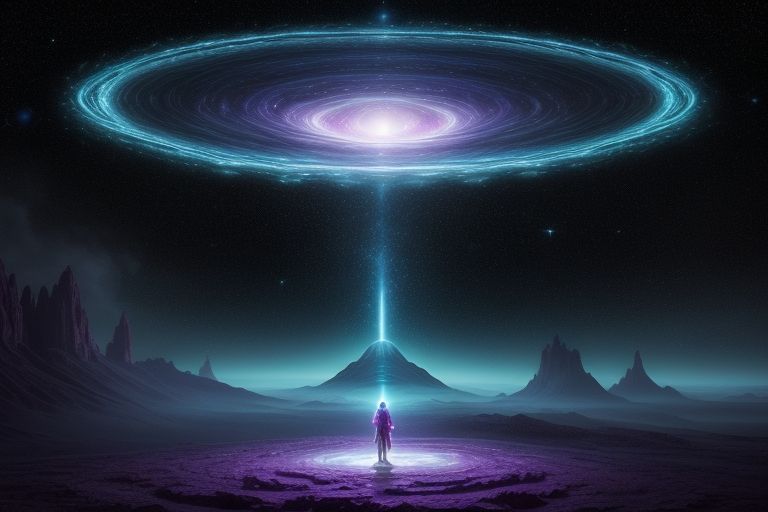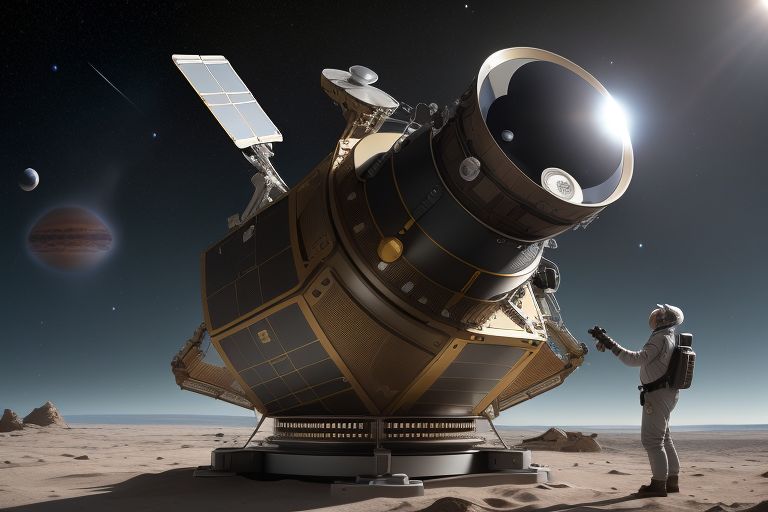In the vast expanse of the cosmos, where darkness meets the shimmering light of distant stars, the universe holds countless mysteries waiting to be discovered. From peculiar cosmic phenomena to breathtaking astronomical discoveries, our journey through space continues to reveal wonders that challenge our understanding of the cosmos. Let’s embark on a voyage through some of the most fascinating space oddities and unusual phenomena known to science.
1. Black Holes: The Cosmic Titans
At the heart of many galaxies lurk black holes, enigmatic cosmic entities with gravitational pulls so strong that nothing, not even light, can escape their grasp. These celestial monsters gobble up matter and distort spacetime itself. Recently, astronomers have uncovered astonishing details about these cosmic behemoths.
According to Dr. Katherine Johnson, a leading astrophysicist at the Galactic Observatory, “Recent observations using advanced telescopes have shown that supermassive black holes not only exist at the centers of galaxies but also play a crucial role in shaping the evolution of their host galaxies.”
One such discovery involves the phenomenon of “spaghettification,” where the intense gravitational forces near a black hole stretch and elongate objects into thin, spaghetti-like strands before engulfing them—a mind-bending concept that illustrates the extreme nature of these cosmic oddities.
2. Exoplanets: Worlds Beyond Our Solar System
In the quest to find life beyond Earth, astronomers have identified thousands of exoplanets—planets orbiting stars other than our sun. Among these discoveries, some are downright bizarre.
Dr. Li Wei, an exoplanet researcher at the Astrobiology Institute, notes, “We’ve detected ‘hot Jupiters,’ gas giants orbiting extremely close to their stars with surface temperatures reaching thousands of degrees Celsius. These extreme worlds challenge our understanding of planetary formation.”
One particularly intriguing find is the exoplanet HD 189733b, where fierce winds whip through its atmosphere at speeds of over 7,000 kilometers per hour—fast enough to carry molten glass rain sideways across the planet. Such discoveries not only expand our catalog of celestial bodies but also ignite our imaginations about the diversity of planetary systems in the universe.
3. Cosmic Microwave Background: Echoes of the Big Bang
Traveling back in time to nearly 13.8 billion years ago, the universe emerged from an immensely hot and dense state—the Big Bang. Today, we detect its lingering whispers through the Cosmic Microwave Background (CMB) radiation.
As Professor Sarah Collins from the Institute of Cosmology explains, “Studying the CMB allows us to glimpse the universe’s infancy. Recent satellite missions have mapped its subtle variations with unprecedented precision, providing crucial insights into the universe’s composition and evolution.”
This faint glow, once thought to be uniform, contains subtle patterns that reveal the seeds from which galaxies and galaxy clusters grew—a profound revelation that connects the ancient past of the universe to its current majestic tapestry.
4. Exploring the Unseen Universe
Beyond these selected oddities and discoveries lie countless more waiting to be uncovered. From dark matter and dark energy, which together constitute 95% of the universe’s contents, to cosmic phenomena like gamma-ray bursts and quasars that defy our conventional understanding, the universe continues to surprise and inspire us.
As we peer deeper into the cosmic abyss, armed with powerful telescopes and cutting-edge technologies, each new revelation brings us closer to unraveling the grand cosmic narrative. These space oddities not only expand our scientific knowledge but also fuel our collective curiosity about our place in the universe.
In the words of Carl Sagan, “Somewhere, something incredible is waiting to be known.” And indeed, as we navigate through the endless wonders of the cosmos, we find ourselves continually humbled and awestruck by the vastness and complexity of the universe we call home.





